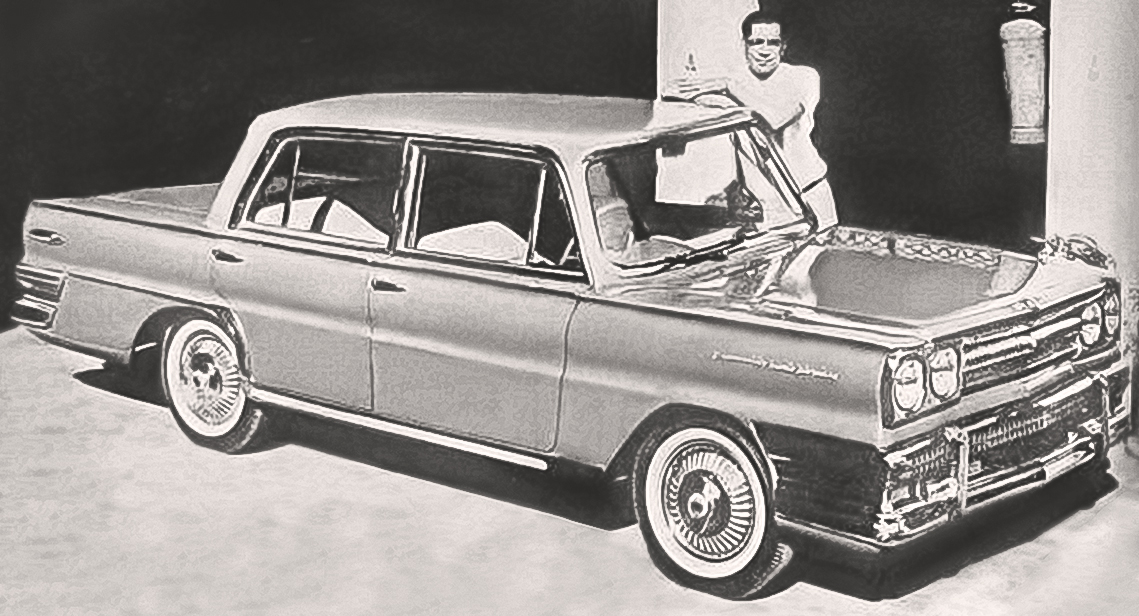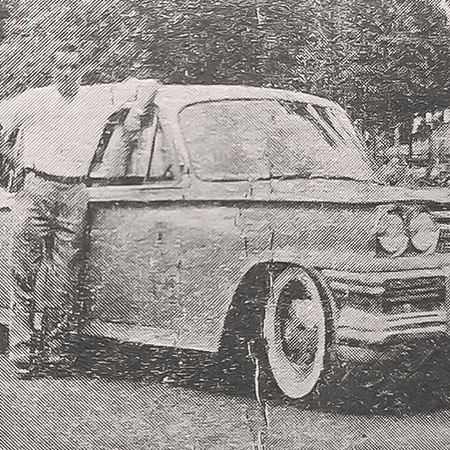THE FIRST
INDIAN CAR
The 1966 Aravind Model 3 stands testament to the ingenuity of young India, as Menon’s decades of hard work and perseverance culminated in this final masterpiece. It was powered by an original 1956 Fiat 1100/103E, 1,089cc, I4, petrol engine re-tuned to 40hp, forming the basis for road certification.
At that time, the government of India wanted to manufacture a truly indigenised automobile. Aravind Automobiles thus presented a prototype to the various heads of the Union of India. These included Bhagwan Sahay (Governor of Kerala, Siddavanahalli Nijalingappa), CM (Congress) of Karnataka and of course HH Sree Chithira Thirunal – the last maharaja of Kerala.
This vehicle was a first for India. But the Model 3 came with many options, some of which weren’t even available in imported cars. Remarkably, the intended sales price was only Rs.5,000 at a time when the end-of-life, Morris Oxford (duplicated by HM), was selling for over Rs.15,000.
Although the Small Car Project demanded that the parts, and even their raw materials, be made in India, they eventually abandoned that rule. After 17 long years, in 1983, India chose to go with the Suzuki Fronte SS80, which became the Maruti 800. The first set of cars, about 40,000 units, were all imported. This meant that most parts, including the shell and tyres, were foreign and in fact, not even a washer was made in India.
More information on the most significant vehicle in the history of India will be available on www.thefirstIndiancar.com once the website is launched.
Once a Studebaker but reborn as the first Aravind. This set the tone for India’s design language.





